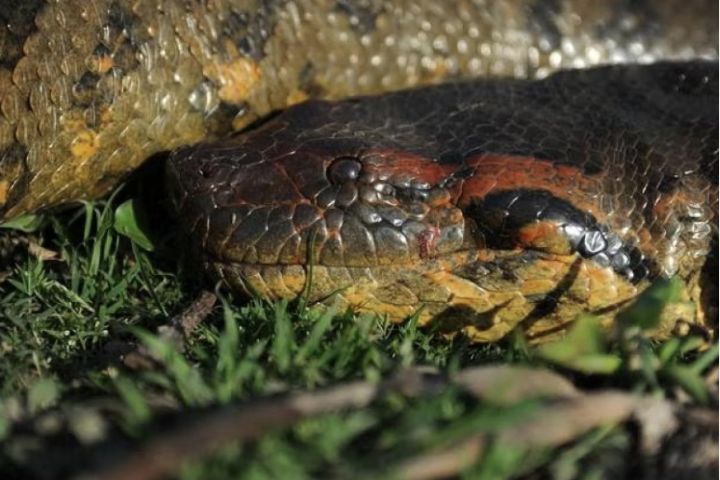Scientists have announced the identification of a new species of teruzor from specimens found on the Isle of Skye.
The new species is part of the Darwinoptera lineage of terusaurs. Its discovery shows that the lineage is much more diverse than previously thought and existed for more than 25 million years, from the late Early Jurassic to the latest Jurassic. During this period, species from the same lineage spread around the world.
The discovery lays the foundation for a new and more complex model for the early evolution of terusaurs. The study, “A new teruzor from the Middle Jurassic of the island of Skye, Scotland, and the early diversification of flying reptiles,” is published in the Journal of Vertebrate Paleontology.

The rarity of Middle Jurassic teruzor fossils and the lack of existing ones had hampered previous efforts to understand early teruzor evolution. This discovery shows that all major Jurassic teruzor lineages evolved well before the end of the Early Jurassic, when they were thought to have evolved earlier. The discovery also shows that terusaurs persisted into the latest Jurassic, as well as the “Avialae”, the dinosaurs that eventually evolved into modern birds.
The remains consist of the partial skeleton of a single individual, including shoulders, wings, legs and spine. Most of the bones are completely embedded in the rock and can only be examined using a Computed Tomography scan.
According to Professor Paul Barrett, senior author of the paper, Ceoptera helps to understand the timing of many important events in the evolution of flying reptiles. Since most of their close relatives are found in China, their appearance in the Middle Jurassic of the UK comes as a surprise. This suggests that the group of advanced flying reptiles to which it belongs emerged earlier than we thought and quickly became almost worldwide in distribution.

“Ceoptera” is a combination of the Scottish Gaelic word “Cheò” meaning fog and the Latin word “-ptera” meaning wing. The word “fog” here is a reference to the Gaelic name of the Isle of Skye, “Eilean a’ Cheò” (Isle of Fog). The word “Evansae” comes from Professor Susan E. Evans for her years of anatomical and paleontological research on the Isle of Skye.
According to lead author Dr. Liz Martin-Silverstone, a paleobiologist at the University of Bristol, Ceoptera’s time period is one of the most important periods of terusaur evolution, but also the one for which we have the fewest examples. The discovery of more bones buried in the rock, and the fact that some of these bones play an important role in determining what type of terusaur Ceoptera was, makes this a much better finding than originally thought. This brings us one step closer to understanding where and when more advanced therusaurs evolved.
Martin-Silverstone, E., Unwin, D. M., Cuff, A. R., Brown, E. E., Allington-Jones, L., & Barrett, P. M. (2024). A new pterosaur from the Middle Jurassic of Skye, Scotland and the early diversification of flying reptiles. Journal of Vertebrate Paleontology, e2298741.
Today’s Visitors: [wpstatistics stat=visitors time=today format=english]





